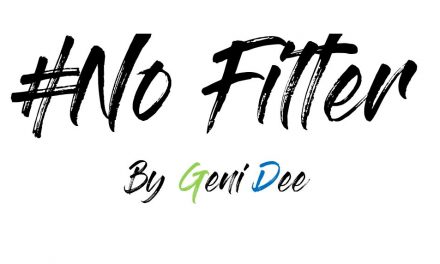
Farming is business – know all about good and bad debt

By Christo Viljoen
Head of FNB Agri
People believe it is the bank’s business to lend money, but this is not the complete picture. Our primary responsibility rests with clients who invest money with us. We must protect this money and ensure that it is used responsibly. For us, as a responsible financer, it is our duty to advise people about the difference between good and bad debt and to ensure that all monies are safe.
Good debt is generally described as debt which improves the productive capacity of your business resulting in increased wealth in the long term. In simple terms, this means that you make more profit by taking up this loan and your financial position will improve in terms of the value of your assets (farm worth more).
Examples of good debt include, the acquisition of land, if purchased at a realistic price and where there are scale benefits for the existing farming activities.
It is not easy to regain your loss when you pay too much for land. Infrastructure improvements such as dams, fencing, solar, de-bushing, electrification and even buildings will also increase your productivity, effectiveness and profitability while Centre pivot used to plant Lucerne or maize or anything else, either to generate another stream of income or to round off the animals for the market, is another possible good debt.
More examples of good debt include vehicles and implements which truly need replacement as it is sometimes better to purchase a new vehicle with a warranty than to incur constant costs for maintenance and repairs. Sound genetics which enhance the quality of your stock and lastly training and education for your children, which include good schools and tertiary institutions to ensure your children’s future are also samples of good debt.
Bad debt on the other hand, is debt which, amongst others, finances your lifestyle and adds no value to your wealth over the years. It is also debt you cannot really afford and where there are no prospects that the new asset will pay for itself in the future.
This weakens your financial position. Examples of bad debt include vehicles you do not really need; overseas holidays you cannot really afford or any other purchases financed on a credit card; bargains you cannot afford to miss but which have to be financed and possibly mortgages for a flat or house in a complex – please do your homework and ensure it is really worth your while.
Farmers needed to ask themselves a few questions before considering debt:
1) Can I afford the debt comfortably? This means two things –Will I make more profit by taking up the loan than the cost involved in the loan (interest and capital)? Would I be able to deal with interest rate changes?
2) Is it really necessary? Be objective and realistic when answering this question.
3) Will the loan improve my financial position in the long term? Will my farm be worth more if I take up the loan?
4) Do I understand the risks of the debt and the terms and conditions involved in the loan?
Make sure your farm can afford the good debt. In other words, the income generated by your farm must be sufficient to cover all expenses, including any other obligations you have towards the bank, the co-operative and other creditors. Good debt is paid with a strong cash flow from your business.












































